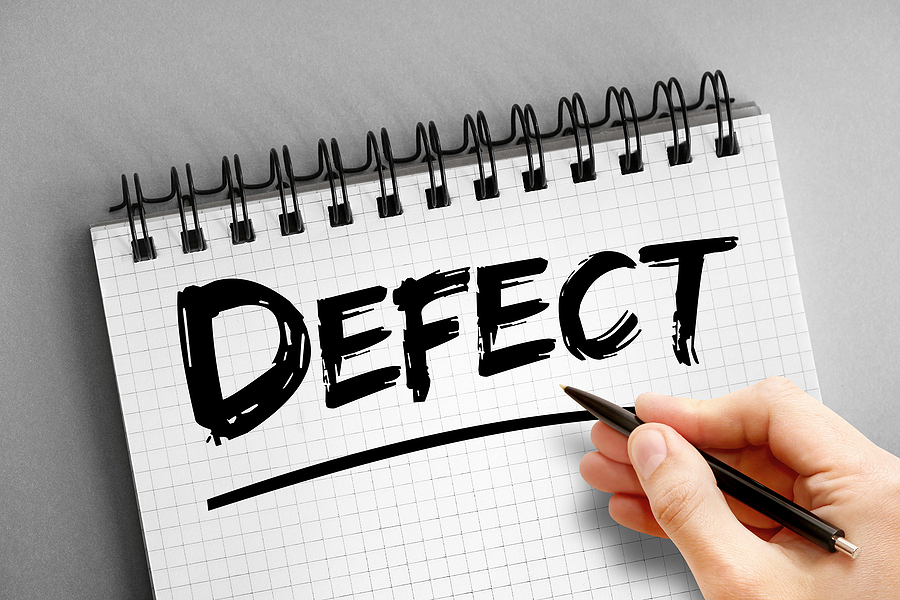How You Can Tell If You Have A Defective Product
 Michael Babboni
Recalls
Defective products cause more than 3 million injuries each year throughout the United States, including in the St. Petersburg area of Florida. Out of these 3 million plus injuries, 22,000 of these result in fatalities; lives that could have been spared if more care had been taken in product manufacture. In some instances, it can be difficult to tell if a product is defective or not, and if you have a case when it comes to pursuing a personal injury lawsuit.
Michael Babboni
Recalls
Defective products cause more than 3 million injuries each year throughout the United States, including in the St. Petersburg area of Florida. Out of these 3 million plus injuries, 22,000 of these result in fatalities; lives that could have been spared if more care had been taken in product manufacture. In some instances, it can be difficult to tell if a product is defective or not, and if you have a case when it comes to pursuing a personal injury lawsuit.The Necessary Elements Of A Successful Defective Product Case
In order to have a successful defective product case in the state of Florida, your case must be comprised of a specific 4 elements. First and foremost, the product must be directly responsible for the injury you’ve suffered. This means that your own action had nothing to do with the injury, and even with complete care the product is what caused your injury to occur.
Next, you must have used the product correctly and as it was meant to be used at the time of your accident. If the product has certain safety warnings or protocols, these must be followed, and the product must be used for its intended purpose only. Using an appliance near a sink full of water, when the appliance has warnings to not do so, takes away any fault from the product manufacturer if the situation results in an injury.
You must have also suffered some type of financial loss as a result of the defective product accident. Lost work wages, medical costs, damages from a fire or broken property, or emotional harm resulting in medical need all count as financial loss in this regard. If no loss was experienced, one may not be able to seek damages even if their product is found to be defective.
Lastly, the product must fall under one of the three categories to deem the product “defective”. It must have improper warnings, a design flaw, or a manufacture defect in order to be considered a defective product in a lawsuit.
Breaking Down The Defective Product Categories
In the state of Florida, there are 3 main categories that are used to deemed a product defective. It’s important to really get to know these categories before seeking a defective product lawsuit, and the details of each are:
• Defective manufacture – Defective manufacture products are typically the most “obvious” of the categories. A product may have been made incorrectly and have physical mistakes that lead to the accident, or chemical defects that lead to injury or illness. Often, defective manufacture products are a “one off” or “one batch” problem, and the defect won’t be found across the board on all products of the same type.
• Defective designs – Defective design products are where things tend to get a bit more complicated. One must not only prove that the design of the product is flawed, but that there are alternate ways to design the product that would not result in such injuries or accidents. For instance, if a baby’s highchair design causes the chair to be unbalanced and at risk for tipping, it must be proven that a different design could improve the sturdiness of the product.
• Improper warnings – Manufacturers are responsible for warning consumers of any dangers that may be associated with the proper use of a product. For instance, if one looks at their hair blow dryer, it will typically include a tag on the product or the packaging alerting consumers to keep the appliance away from running or standing water. If a product fails to warn consumers of a real and reasonable risk, and that risk results in injury, you may have a defective product case.
